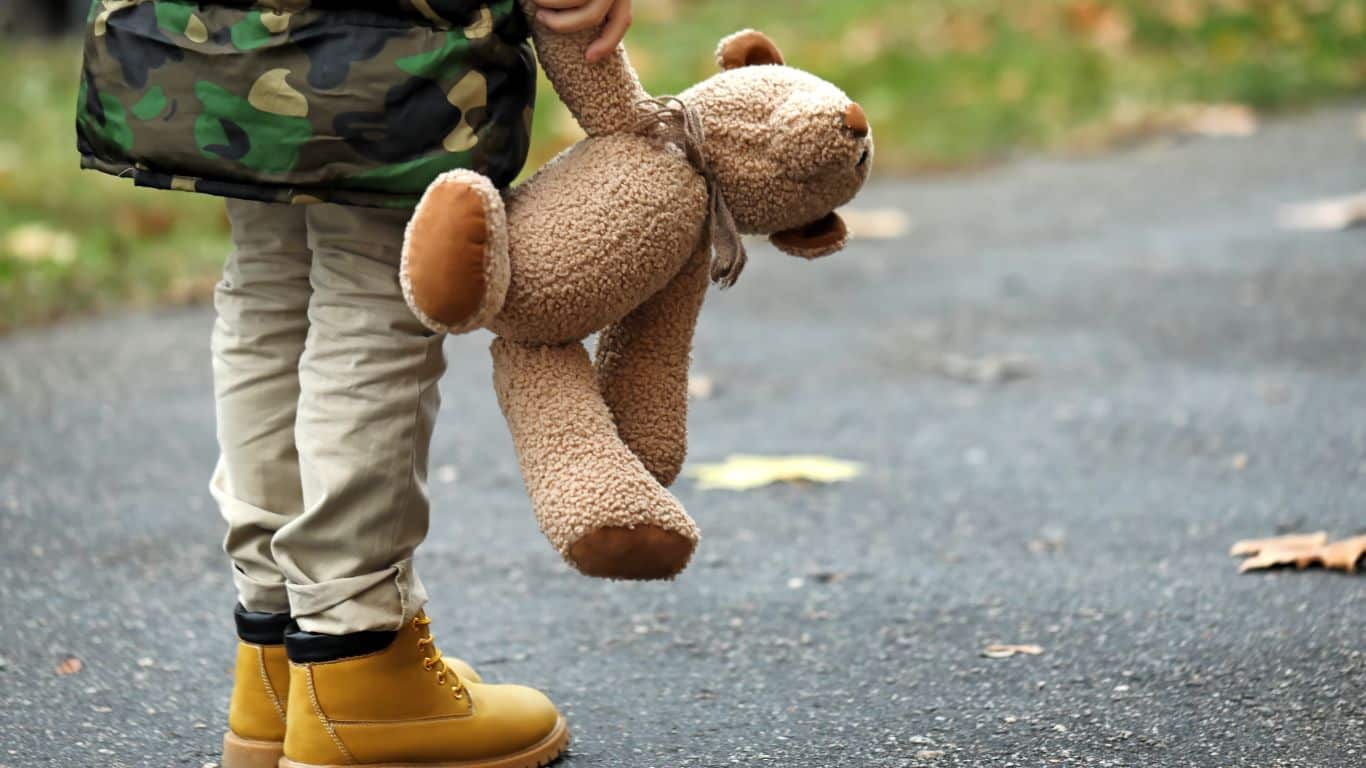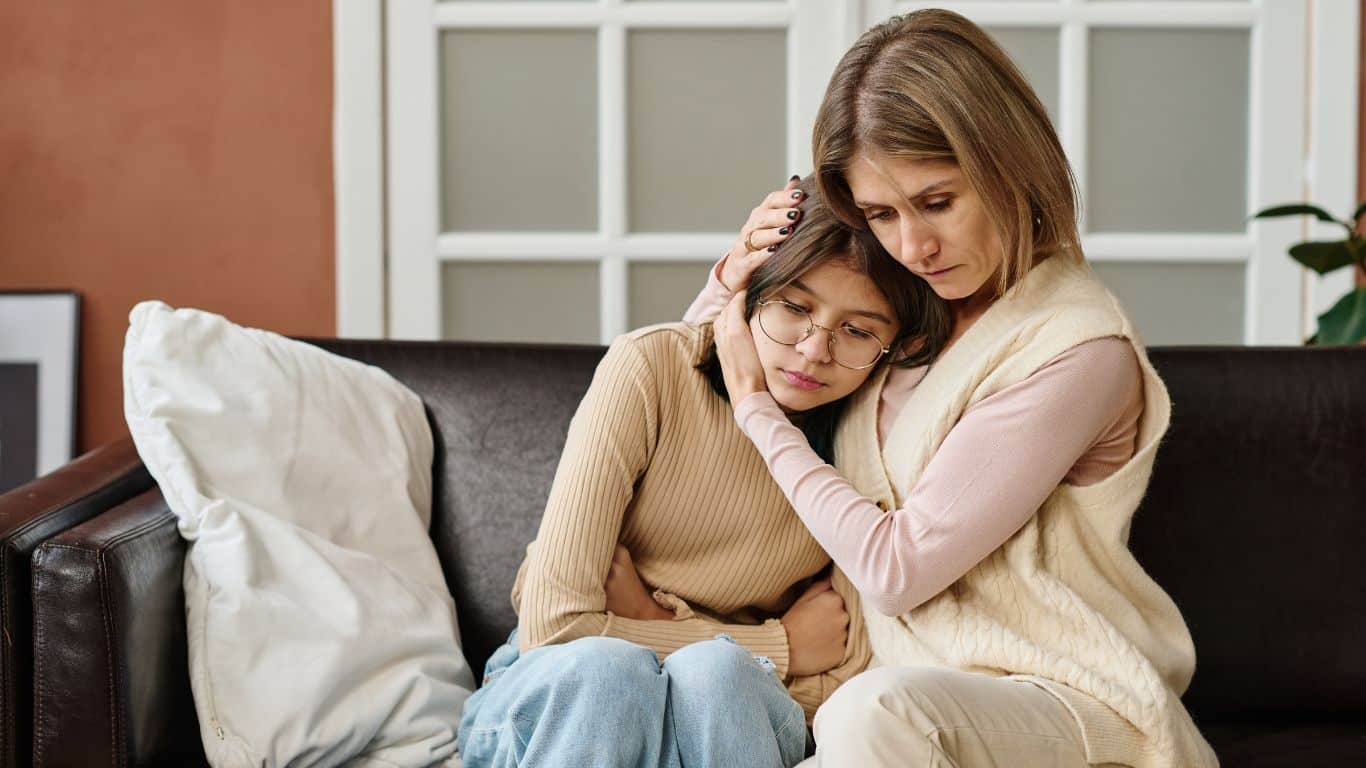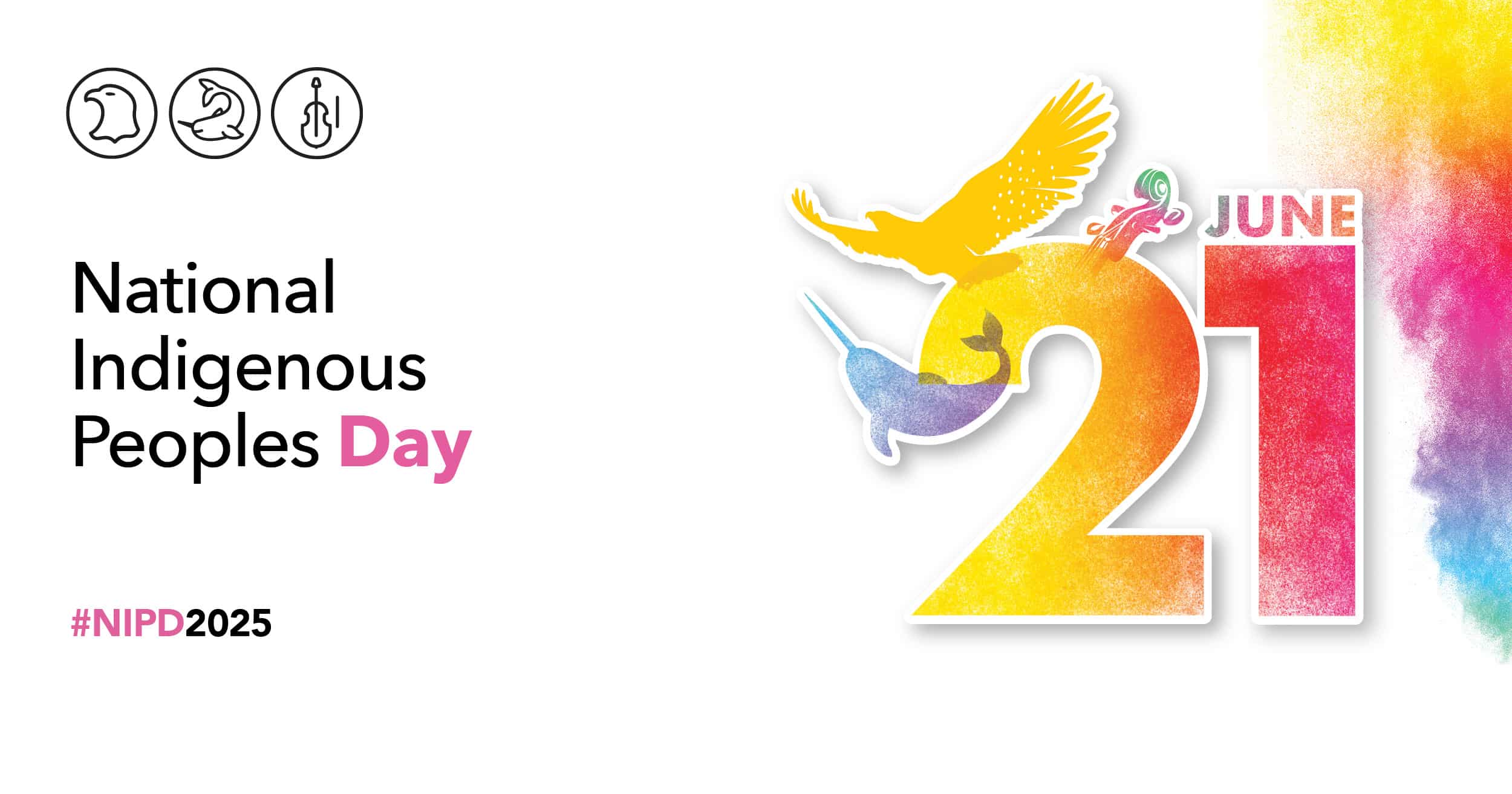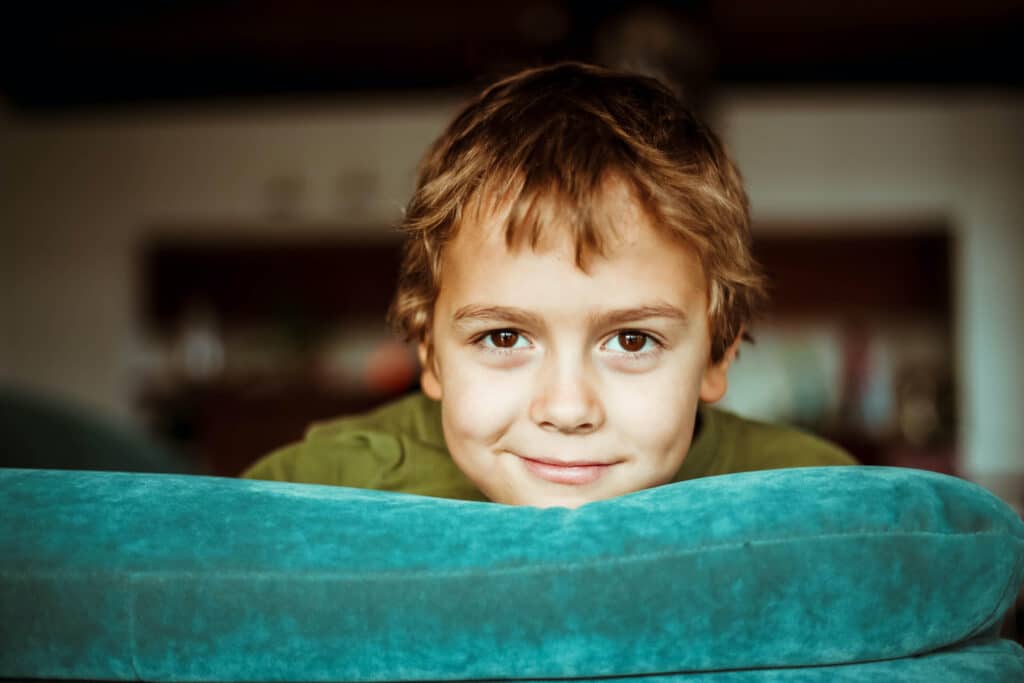Shanna is 14 years old. She’s a lovely young woman with dark hair and a bright smile. While she has a friendly manner and is comfortable conversing with adults, it’s clear that something is bothering her. It’s not so much what she says, as her body language and level of distractibility.
Shanna lives in a home with her two foster parents and four other children. She participates in chores, does her homework, spends time with her foster-siblings and hopes, one day, to be adopted. At this point, adoption is not the plan. She is in Neverland, that gray area that places her somewhere between her birth family and her “official” family, headed by a Ministry social worker.
Some of Shanna’s losses are easy to describe. She was removed from the home she shared with her birth mother at five years old, spent the next few years alternating between a relative, foster care, and returning to a mother who, in the end, could not care for her. She hasn’t seen her mother in almost three years, and no one has a reasonable explanation as to why.
Still, Shanna was grateful for the dog’s presence whenever she returned home for those short periods. One day Hobbs wasn’t there. Her mom never told her why. When Shanna left her home the first time, she left behind her most special friend, her dog Hobbs. Hobbs was there for the next three years when she’d return to be with her mother for short intervals. She has often asked herself why her mom could manage to take care of the dog but was unable to care for her.
From a child’s perspective, the experience of multiple losses is not only overwhelming emotionally, but affects cognitive functioning as well”
From a child’s perspective, the experience of multiple losses is not only overwhelming emotionally, but affects cognitive functioning as well. Young children may be unable to recognize or categorize their losses, let alone sort them one from another. They may receive unclear explanations or no information at all about why these losses have occurred. They may have little or no time to develop a trusting relationship with the bearer of bad news, thereby suspicion develops, and confusion about the details may play a role in the ensuing grief process.
Depending on the care children receive immediately after a loss occurs, they may suffer through denial and the first stages of grief without much intervention or attentive care.
The keys to helping children through their responses to loss are skilled and understanding caregivers and uninterrupted time to heal. All these factors are necessary after any significant loss.
As children are all about “me,” a child’s immediate personal response to a loss is usually to take responsibility for it, to find his or her role in it, and, if there is no direct involvement immediately obvious, they may invent something. Children tell themselves fantastic stories with surreal plot lines in order to make sense of the events in their lives.
Shanna suffers from a long history of loss, the details of which have been mismanaged and the accumulated losses unidentified. While she has been kept busy with school, multiple moves to new homes with new caregivers, and even three new social workers over the years, her grief has become complicated and the process itself may have been hampered by the fact that she doesn’t appear to require extra support.
Shanna’s foster parents state that, although she suffers through the typical early-teen issues, Shanna appears happy and well balanced overall. It’s apparent that there are few flags to indicate to caregivers that she could benefit from some reflection on her losses. The emotional turmoil, which she keeps quite successfully hidden, may one day threaten the future she hopes to build for herself. Although Shanna is a bright, affectionate, considerate and friendly young girl who seems to be functioning well in her daily life, her unresolved grief should be addressed so that it does not one day become unmanageable.
Shanna needs to have the opportunity to reexamine the meaning of her losses, to explore ways in which she may have blamed herself for the events in her life, and to help her to reexamine her needs for support. As Shanna matures, and reaches developmental stages where reflection on her life is a normal activity, she may require skilled guidance to assist her in personal analysis of the events that have shaped her life.
Parents may wish to take these developmental opportunities to work with their children who have experienced many losses. It is an invaluable window of opportunity to revisit and resolve issues that may have been unacknowl-edged, mismanaged, or shelved.
Commonly, adoptive and foster parents will have knowledge of at least some of the losses in a child’s recent or distant past. Inner suffering leads to clues which can be read through the child’s behaviour or functional ability. Children who are in the clutches of unresolved grief exhibit a multitude of signs and symptoms. Depending on the personality and coping style of the child, the preparation for loss or lack thereof, the age of the child when the loss was sustained, and the care received after the loss, behaviours can range from distractibility, disorganization, compliance, rage and depression, to acting out, self-harming, hurting others, nervousness, and anxiety. These may be masked by enchanting personalities or a child that feels the need to overachieve.
There is no magic pill to cure the physical and emotional discomfort that grief brings. Adults and children alike experience bodily discomfort and a period of emotional readjustment. Some might seek pharmacological assistance, and this may be necessary for a time if symptoms are debilitating. Grief, however, cannot be circumvented or permanently medicated. It can be hidden, disguised, denied, avoided, prolonged and put off, but it must be acknowledged and moved through in order to have a healthy emotional life. If managed correctly, grief is a process through which we all pass.
While children are grieving, the process itself is different than an adult might go through. Children might talk animatedly about their loss for a few minutes, draw a picture that breaks your heart and then go outside to play with the neighbour. These are the moments which help a child to process and sort their feelings, feel acknowledged and accepted in their suffering, and understand that they are safe enough to move through to the next step—to play with the neighbour—until the grief needs to be revisited.
Emotional symptoms of unresolved grief
- Addiction
- Illness
- Suicidal thoughts
- Low grades in school
- Irresponsible behaviourHypervigilance
- Easily overwhelmed
- Lying
- Hopelessness
- Depression
- Disorganization
- High-risk sexual behaviour
- Attachment issues
- Aggression
- Failure to thrive
- Absence of joy
- Eating disorders
- Hurting others
- Low or no motivation
- Mood swings
- Abusive behaviour
- Directionless
Physical symptoms of unresolved grief
- Tingling sensations
- Butterflies or knots in stomach
- Aches and pains
- Heart racing
- Shaking
- Itchiness
- Dizziness
- Feeling detached
- Fatigue
- Feeling empty
- Chills
- Crying/weepy
- Dry mouth
- Coldness
- Nausea
Primary and secondary losses
Primary losses are tangible losses which are easy to identify. Through separation and removal, children lose people, pets, homes, clothes, favorite toys, etc.
Secondary losses are often harder to identify, but, if they are not addressed along with the primary losses, the effects may linger for a long time. For children who have been separated from those they are attached to, these losses may be self-concept, family identity, relationships, comfort, familiarity, trust, attachments or habits, routine and structure, etc.
How to comfort a grieving child
- Accept their feelings and reassure them that such feelings are normal.
- Listen to them (everything they express is okay!).
- Allow for regression.
- Allow their tears.
- Relieve their feelings of responsibility.
- Give them quiet time.
- Give them comfort food.
- Listen to music, sing, draw and read with them.
- Keep them warm.
- Read stories that normalize the experience of grief.
Jayne Cotter-Kathwaroon develops and facilitates workshops on topics related to adoption and fostering. As well as facilitating adoption support groups she researches and writes on topics of emotional well-being and life-skills. She can be reached at baishao@shaw.ca






